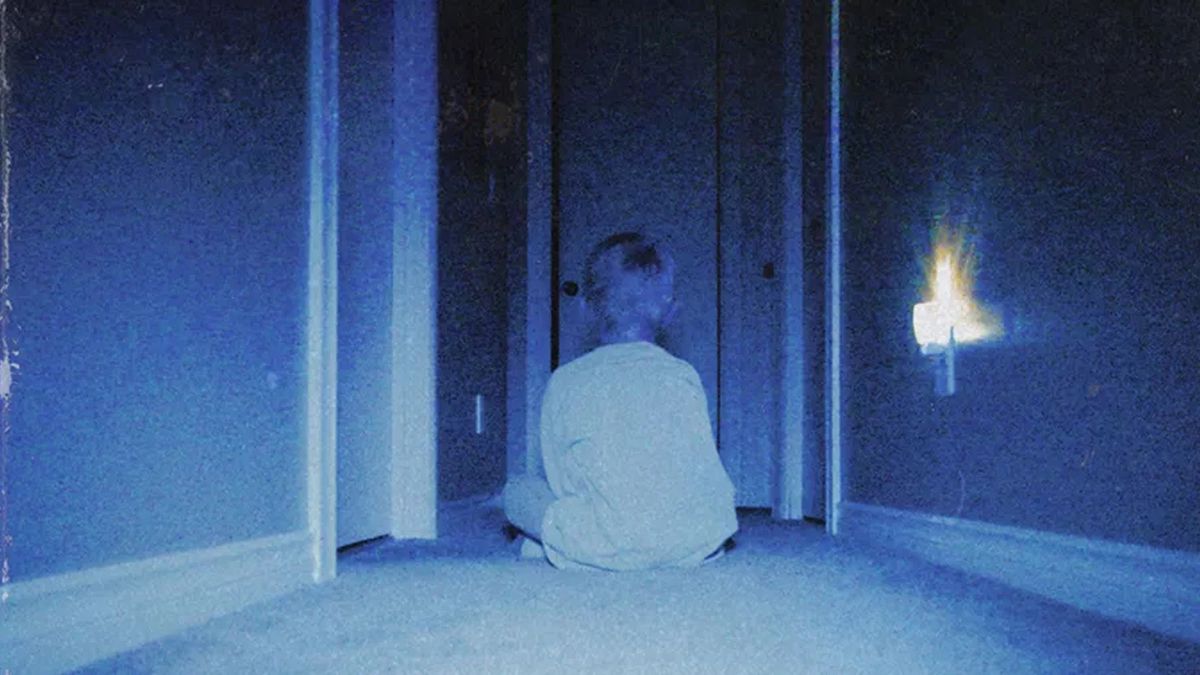By Kaylan Kha
Editor in Chief
Using radio technology, scientists were able to identify the first signs of light in the universe. The discovery was made at the Murchison Radio-astronomy Observatory in Western Australia and published in the scientific journal Nature on Feb. 28.
The light, found as background radiation on hydrogen, is thought to have originated from some of the earliest stars that resulted from the Big Bang.
After the Big Bang, a period of time known as the Cosmic Dark Ages emerged. The universe was in complete darkness until the neutral hydrogen atoms that floated around in space were pulled together by gravity to create the first stars.
Although the first stars were short-lived with life-spans of approximately a hundred million years, their deaths created heavier elements that the following generation of stars would contain.
This “fingerprint” of light is the closest that scientists have come to the beginnings of the universe. Scientists have never actually seen the first stars, so this discovery provides the first step to more research.
“This is the first time we’ve seen any signal from this early in the Universe, aside from the afterglow of the Big Bang,”Arizona State University astronomer Judd Bowman said in a statement.
Bowman and his team at Australia’s Commonwealth Scientific and Industrial Research Organisation (CSIRO) have been working for 12 years to detect these signals in a project called Experiment to Detect Global EoR Signature (EDGES).
The scientists used a ground-based radio spectrometer to look for the signal by searching for discrepancies between the sky and the average radio spectrum. They stationed themselves in a remote area in Australia to avoid interferences from human-generated waves.
The radio waves dropped at a frequency of 78 megahertz, compared to its original frequency of 1,420 megahertz, which showed a missing wavelength. According to the scientists, the wavelength probably disappeared because it was absorbed by the hydrogen gas from the first stars.
“This is a huge potential result that’s really a breakthrough in the more-than-a-decade-long effort to detect signals from the very early universe,” Caltech radio astronomer Gregg Hallinan told the Los Angeles Times. “This measurement is our first step to begin to understand that era where the first stars and galaxies actually formed.”

